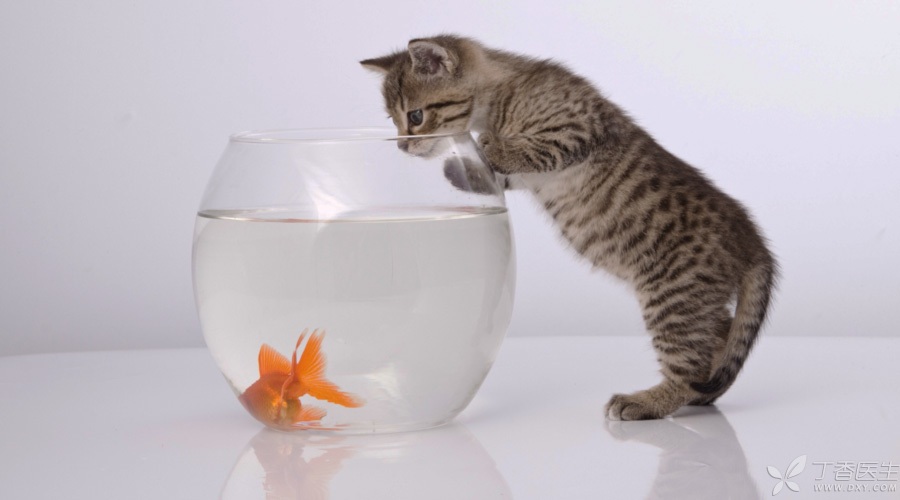
Painless thyroiditis is a kind of [pseudohyperthyroidism], why is it said to be [pseudohyperthyroidism]?
Because it has characteristics similar to hyperthyroidism: T3 (triiodothyronine) and T4 (thyroxine) are both increased and TSH (thyrotropin) is decreased.
However, it is not [hyperthyroidism]. I will elaborate on the following face.
Can how get painless thyroiditis?
If the human thyroid gland is compared to a water tank, thyroid hormone is like the water in the water tank.
When suffering from painless thyroiditis, it is like a hole in the water tank, and the water in the tank flows out of the hole. At this time, the thyroid hormone level in the body increases, resulting in hyperthyroidism symptoms, such as fear of heat, hyperhidrosis, palpitation, impatience, etc.
When the water is slowly absorbed and metabolized by the body, and the water tank is not properly filled, the body does not have enough thyroid hormones, and hypothyroidism may occur again.
However, when the body gradually mended the hole in the water tank, the thyroid hormone level in the body returned to normal, and then the thyroid function also returned to normal.
Therefore, thyroid hormones in patients with painless thyroiditis may go through three stages: rising, falling and returning to normal.
How to judge whether it is painless thyroiditis or hyperthyroidism?
It can be distinguished by measuring iodine absorption rate.
The iodine absorption rate of [true] hyperthyroidism results in an increase, while that of [false] hyperthyroidism results in a decrease.
It should be noted that since radioactive iodine is required for the determination of iodine absorption rate, radioactive iodine can be excreted through milk, so breast-feeding women should suck out and discard milk within at least two days after the examination, and cannot breast-feed.
How to treat painless thyroiditis?
Painless thyroiditis does not require oral anti-hyperthyroidism drugs or isotope iodine 131 therapy (also known as radioactive iodine therapy, isotope therapy and iodine 131 therapy) because it is not really hyperthyroidism.
It is mainly to give symptomatic treatment to the disease, such as propranolol (propranolol) and so on if palpitation is obvious.
During hypothyroidism, appropriate amount of thyroid hormone needs to be supplemented.
Does painless thyroiditis have matters needing attention in what?
Regular inspection is very important.
As some patients with painless thyroiditis may relapse later; Some patients may slowly become lifelong hypothyroidism, so they must not be careless after getting well and need regular reexamination.
It is suggested that thyroid function should be reexamined every six months or about a year. If hypothyroidism symptoms occur, doctors will give thyroxine supplement treatment according to the actual situation.
Copyright of Clove Garden. No reprinting is allowed without permission.
